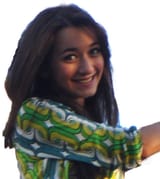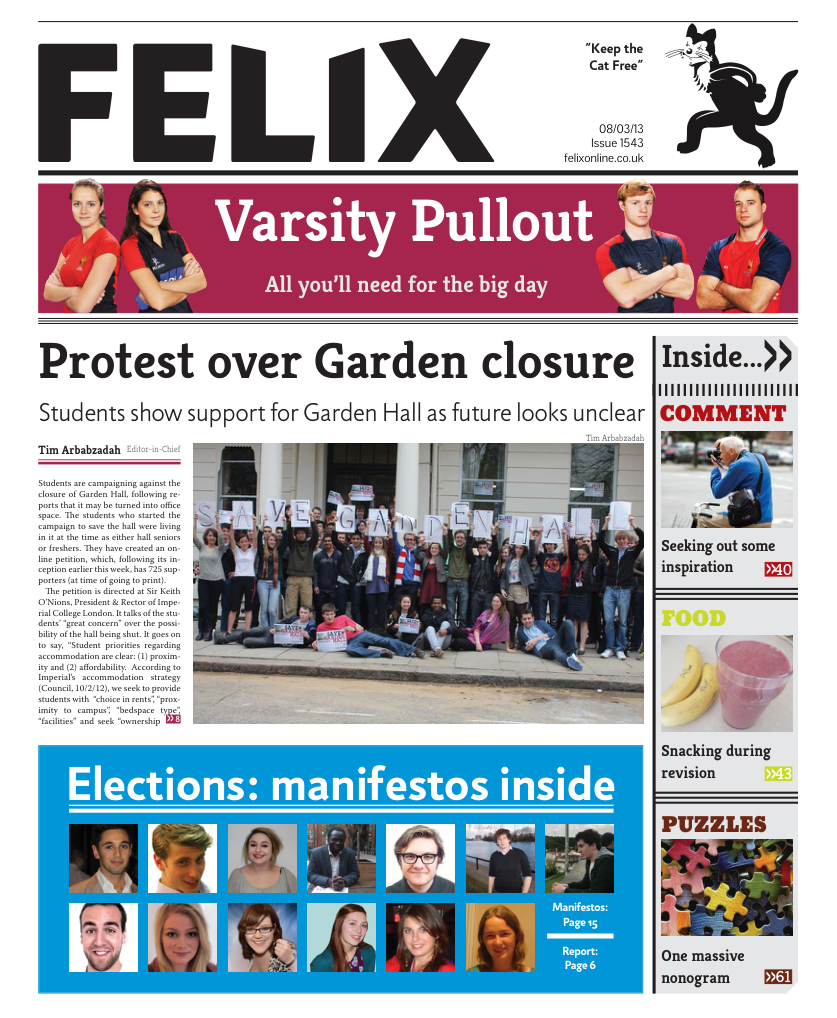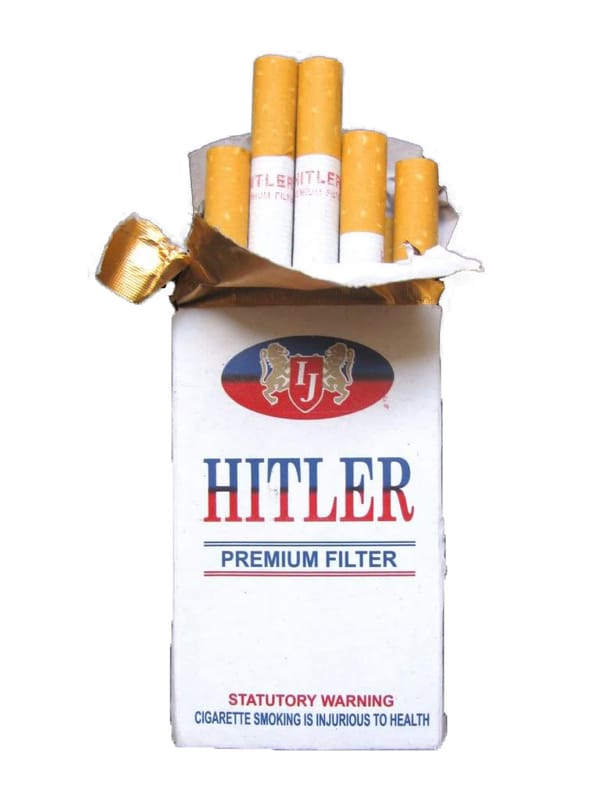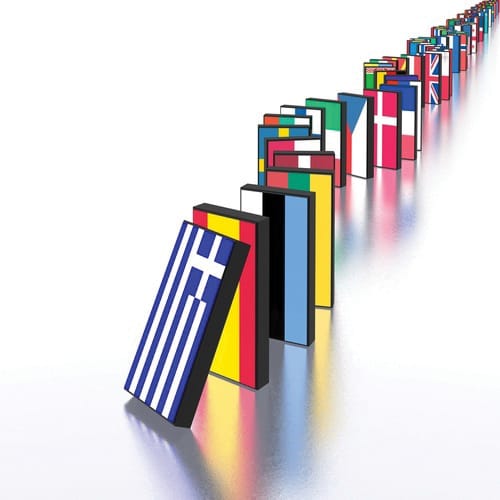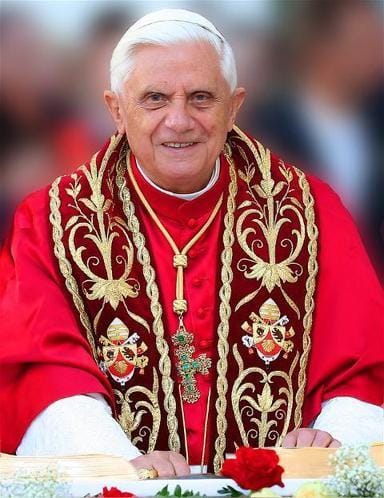In Search of Inspiration
Most people work so that they can live, but a lucky few live so that they can work. All you need is inspiration, says Saskia Verhagen
Complacency is a cruel mistress. She lures you in with a sense of comfort: that failing an exam, or not getting the degree you wanted, or that mediocrity itself might just be… fine. That you’ll survive, and see tomorrow, and the next day – and nothing will really change. And if nothing changes, there’s nothing to be afraid of. Those ensnared in her trap will drift with the tide, not having to think, or imagining what on earth it might be that could bring life to the days they spend breathing the air, walking the streets, eating their dinner, sleeping dreamlessly through the night.
The transition from university to a career is a terrifying prospect – one which might drive some into a PhD they never really wanted to do, or a job at a company inspiring as much excitement as that dubious lump of cheese which gathers mould at the back of your fridge. Who are you, what do you want, where are you going: perhaps the most difficult part of this is extracting yourself from the relative comfort and familiarity of someone else’s idea of who you should be. The goal isn’t money, family or fame: these are surely but by-products of a fulfilling life, not aims in themselves. For those in whom the aims and the by-products have been confused lies ahead a mid-life crisis of epic proportions. Wouldn’t it be nice to get it right the first time around, or at least try to?
From a personal point of view, the missing elements are firstly the time and scenario to actually think on these questions, and secondly: inspiration. The type of inspiration I’m talking about isn’t laying in wait at a careers fair – an event where people tell you how much you will love working at their corporation, trying to rouse in you that potent desire to mindlessly commit and follow. What do these people know about you? About your aspirations? About love? Whilst they bleat endlessly about how fast your career will advance and how steep the income curve is (wearing some description of power-suit – gross), for some it all just seems unconvincing, and wrong. You know you’re displaced when you’re skulking around tables, side-eyeing stale sweets and plastic pens, thinking, there must be more to life than this. Surely one shouldn’t need a career to be ‘sold’ to you – it should be glaringly obvious, a calling, a pleasure.
The time and scenario remain elusive to me. However, a few weeks ago I received an invitation to a party themed ‘Paris is Burning’ – I had no idea what this was in reference to and being someone who is but rarely seen underdressed, it was imperative that I find out. Paris Is Burning is a documentary about the gay and transgender community in New York City during the 1980s. It is an unbridled celebration of ‘realness’. This was a community of originals, people who understood that fear is merely an obstacle to living, people with equal measures of pure charisma and crippling vulnerability. This wasn’t a documentary about tragedy – though certainly tragedy played its part – this was about a group of people who would suffer willingly for their right to be themselves and do what it was they loved, whilst dreaming of a brighter tomorrow.
Documentaries should document growth and some kind of significant and meaningful contribution: whether in a single life, or a generation. Bill Cunningham, the legendarily understated street style and society fashion photographer for the New York Times was filmed for Bill Cunningham New York, akin to a poem composed in his honour. Devoted utterly to his art, with no room for traditional romance, or furniture, a kitchen or a bathroom, he inhabits an artistic niche unique to himself – now aged 83, there is no one to fill his shoes, and there never will be. He dedicated his life to observing and documenting the cultural evolution of generations: from the flower children in the Sheep Meadows of Central Park in the 1960s to the sartorial butterflies of fashion week and Anna Wintour, who says, ‘We all get dressed for Bill.’
Diana Vreeland (pictured), one of fashion’s most formidable and notorious mavericks, was the fashion editor of Harper’s Bazaar from 1936-62, powerhouse editor-in-chief at Vogue from ‘63-71 and consultant to New York’s Costume Institute at the Metropolitan Museum of Art. She is immortalised in The Eye Has To Travel, a glorious patchwork of twentieth-century history and culture sewn together with the silken thread of one remarkable woman’s life. What she, and the others mentioned, have in common is an uncompromising, unwavering belief that their vision is one worth portraying, and continue to drive it forward for as long as they can breathe and dream. This, in my eyes, is the hallmark of not only an artist, but a life well lived.
Inspiration is a glimpse of a connection that comes from within you, and bridges to the world outside of your imagination. Finding it, and more than that, hearing it and acting upon it promises both a most frightening prospect and a most bountiful reward. The people in these three short films are infused with inspiration; their careers and their lives’ work were fulfilling to an extent that right now is a distant dream to me. I don’t have a destination yet, but aimless goal-seeking is not an option either. I’m convinced there’s something that can ignite even this most weary, disaffected soul. Laurels were meant to be worn as a crown, not to be rested upon.

